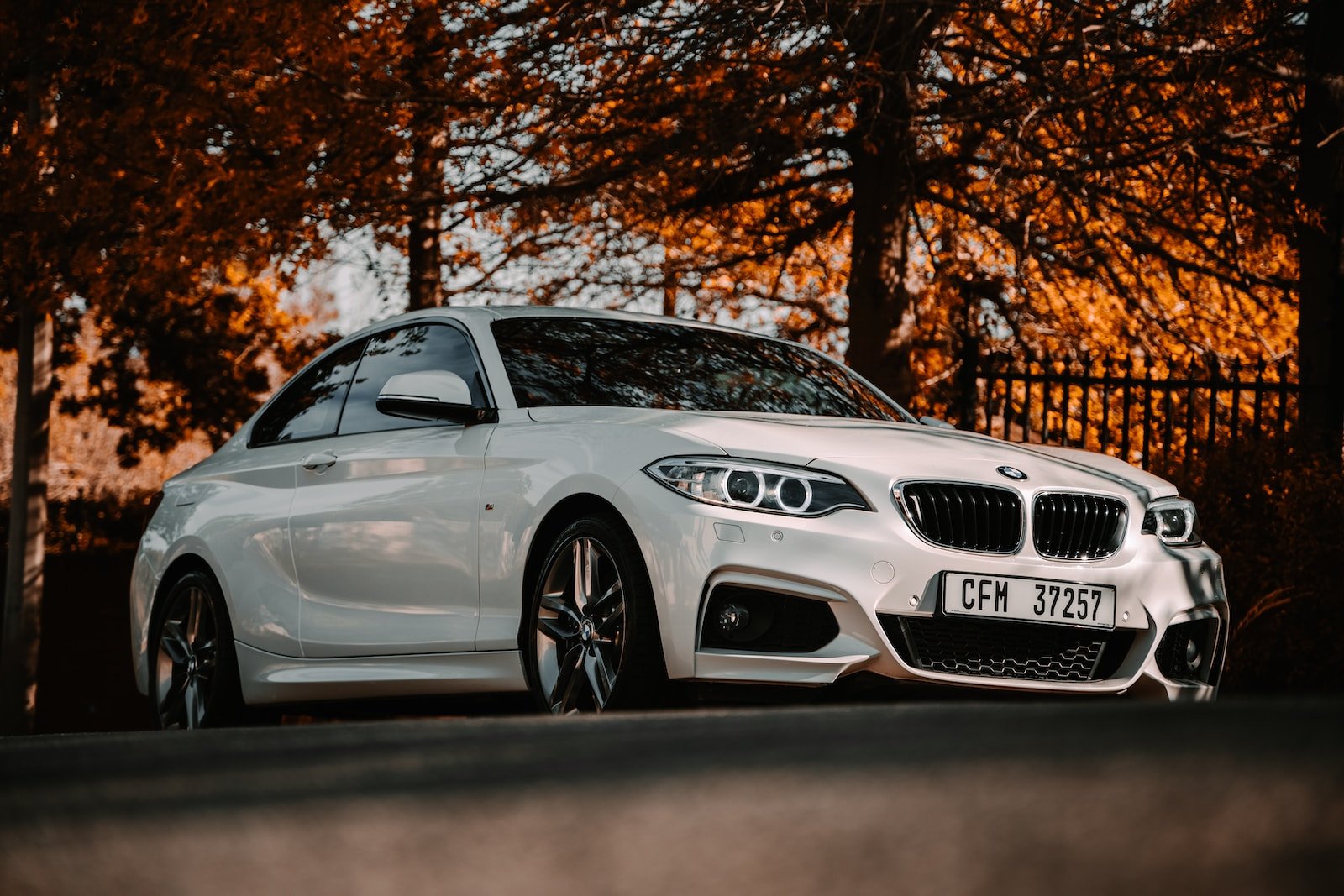BMW, the famed German automaker, is once more gravitating towards the iconic “Neue Klasse” nameplate, this time signifying its electric aspirations. With this move, BMW aims to channel past triumphs to match strides with the current EV leader, Tesla.
A Glimpse into History
The 1960s painted a grim picture for BMW. The automobile heavyweight found itself in turbulent waters, dwarfed by competitors like Volkswagen, Mercedes-Benz, and the Detroit behemoths. BMW’s fortunes took a turn when its leadership decided to bet heavily on an innovative model, christened “Neue Klasse” or “new class.” Debuting in 1962 as the BMW 1800, the Neue Klasse was a watershed moment, redefining BMW as the premier “ultimate driving machine” brand, thereby etching its mark as an industry titan.
BMW’s Current Scenario
Today, as BMW confronts new challenges, it is turning its gaze back to the “Neue Klasse” for inspiration and direction. The Munich autoshow recently showcased BMW’s prototype for its “Neue Klasse” EV, comparable in size to the brand’s best-selling 3-series. Among the car’s notable features are expansive head-up displays reflected on the windshield, combined with quintessential BMW design hallmarks. These include the distinctive Hofmeister kink, reminiscent of the original Neue Klasse, evident in the rear side windows and dashboard screen.
BMW Chief Designer, Adrian van Hooydonk, emphasized the future-ready stance of this vehicle, stating, “We want to make this vehicle generation so modern that it looks like we skipped one generation.” He further added, highlighting the competition from newer entrants, “We can and we want to.”
Playing Catch-Up with Tesla
This unveiling is a part of BMW’s strategic billion-euro mission to bridge the technological gap with Tesla and other EV makers. Even though BMW had previously embraced the EV trend with the i3 compact in 2013, the model struggled to gain traction, leading to its discontinuation in 2022.
Frank Weber, BMW’s CTO, mentioned that the “Neue Klasse” represents the company’s most substantial investment ever. “The technology we are using all over BMW is all new in all areas, without exception,” Weber elaborated. He disclosed an investment of 2 billion euros ($2.2 billion) in a Hungarian plant for battery production and assembly operations for the “Neue Klasse” cars.
However, when the first of the “Neue Klasse” vehicles roll off the production line in 2025, they’ll be entering a market 13 years after Tesla’s Model S revolutionized perceptions for many luxury car buyers. Some EV startups have already incorporated crucial Neue Klasse design elements, particularly the structural battery pack design, which contributes to weight and cost reductions.
Pricing Strategies and Business Models
BMW’s upcoming models will be treading into a fiercely contested market segment, especially with Tesla igniting price wars. Although BMW hasn’t announced any figures, CEO Oliver Zipse assured that their offering would be very competitive, emphasizing, “We will not price ourselves out of this market.”
Tesla’s innovative approach of direct sales to customers, over-the-air software upgrades, and data-driven feature enhancements have redefined vehicular business models. As per Evangelos Simoudis, an expert in vehicle software strategies, traditional automakers like BMW need a holistic transformation.
Technicalities and Innovations
The “Neue Klasse” vehicles will be powered by cylindrical batteries with a 48-millimeter diameter, mirroring what Tesla plans for its Cybertruck. The company aims for a 50% cost reduction in battery packs and a 25% increase in range efficiency.
Simultaneously, BMW’s main Munich plant is undergoing renovations to accommodate the “Neue Klasse” production. The new vehicles are expected to replace traditional models like the 3-series sedan and X3 SUVs in the future.
In terms of software systems and battery technology, the “Neue Klasse” vehicles are a mammoth task. They will incorporate four “super brains” to control various vehicle systems. While partnering with Qualcomm for driver assistance systems, propulsion, and chassis controllers are being developed in-house.
BMW is making a bold choice with its emphasis on head-up displays on the windshield to counteract the expansive video screens popularized by brands like Tesla and Mercedes. Although smaller head-up displays have been an industry standard for years, Stephan Durach, senior VP for connected company development, expressed confidence in this approach. He mentioned the challenges in implementing large-scale windshield displays, emphasizing their integration into the car’s overall architecture.
Conclusion
BMW’s foray into the electric vehicle market with the revitalized “Neue Klasse” brand signifies its commitment to innovation and determination to stay competitive in an evolving industry. Only time will tell whether this move will replicate the success the brand achieved in the 1960s.
Read More:
